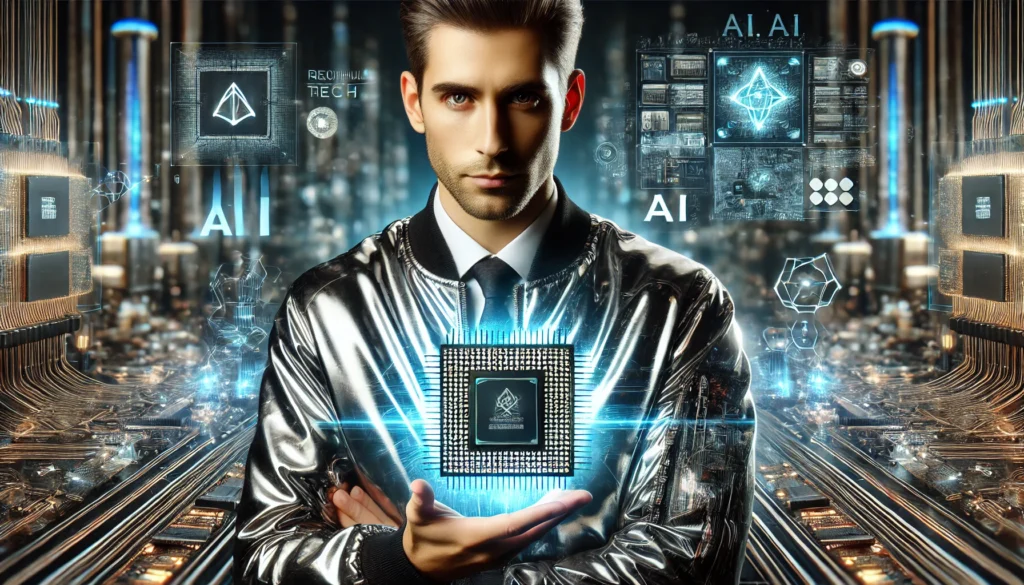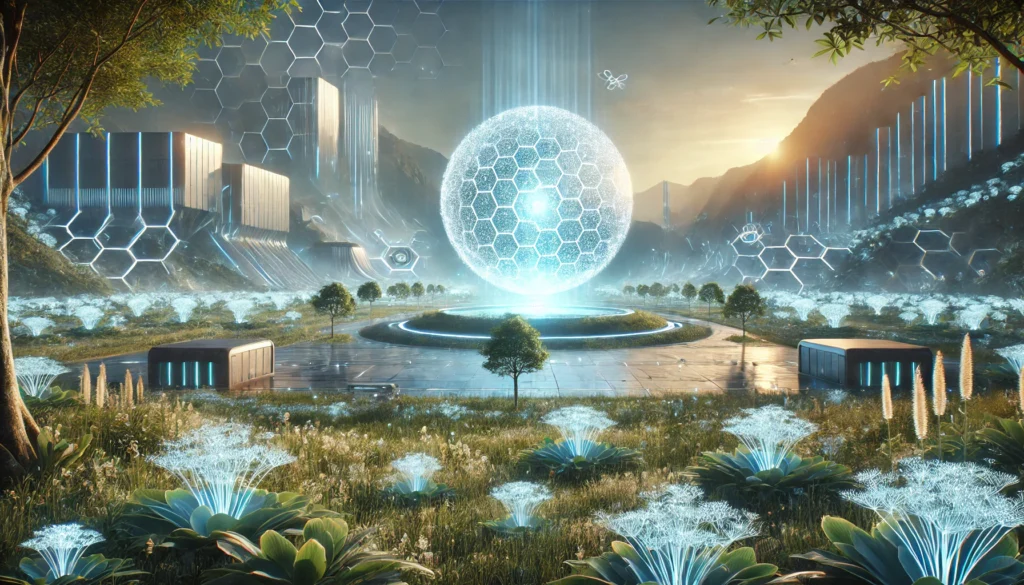Artificial Intelligence (AI) continues to revolutionize various facets of technology and daily life. This article delves into recent AI advancements, including the creation of personalized Christmas emails using generative AI, insights into Nvidia CEO Jensen Huang’s decision not to wear watches, and an evaluation of Google’s Veo 2 AI’s physics capabilities.
Generative AI and Personalized Christmas Emails
The holiday season has witnessed the innovative use of generative AI in crafting personalized Christmas emails. Large Language Models (LLMs) have been employed to generate festive messages, aiming to capture the nuances and warmth of traditional holiday greetings. A study titled “Aligning Human and LLM Judgments: Insights from EvalAssist on Task-Specific Evaluations and AI-assisted Assessment Strategy Preferences” explores how these AI-generated emails are evaluated by machine learning practitioners, revealing surprising results about the alignment between human and AI judgments.
Jensen Huang’s Preference: A Watchless Wrist
Nvidia’s CEO, Jensen Huang, is known for his distinctive choice of not wearing a watch. This personal preference has sparked curiosity and discussions within the tech community. A recent social media post sheds light on Huang’s reasoning, suggesting that his decision aligns with his minimalist lifestyle and focus on efficiency. Understanding such personal choices offers a glimpse into the habits of influential tech leaders.
Evaluating Google’s Veo 2 AI’s Physics Understanding
Google’s Veo 2 represents a significant advancement in AI, particularly in video generation with an improved understanding of real-world physics and human movement nuances. However, questions have arisen regarding the extent of its physics capabilities. An analysis examines whether Google may be overhyping Veo 2’s proficiency in accurately replicating physical laws, emphasizing the importance of critical evaluation in AI advancements.
Conclusion
The rapid progression of AI technologies continues to influence various aspects of society, from personalized communications during the holiday season to the personal habits of tech leaders and the development of sophisticated AI models. Staying informed about these developments is crucial for understanding the evolving landscape of artificial intelligence.
References:
- Aligning Human and LLM Judgments: Insights from EvalAssist on Task-Specific Evaluations and AI-assisted Assessment Strategy Preferences. arXiv
- Social Media Insight on Jensen Huang’s Watch Preference. Twitter
- Analysis of Google’s Veo 2 AI Capabilities. AI Minds Newsletter
By exploring these facets of AI, we gain a deeper appreciation for the technology’s current capabilities and future potential.




